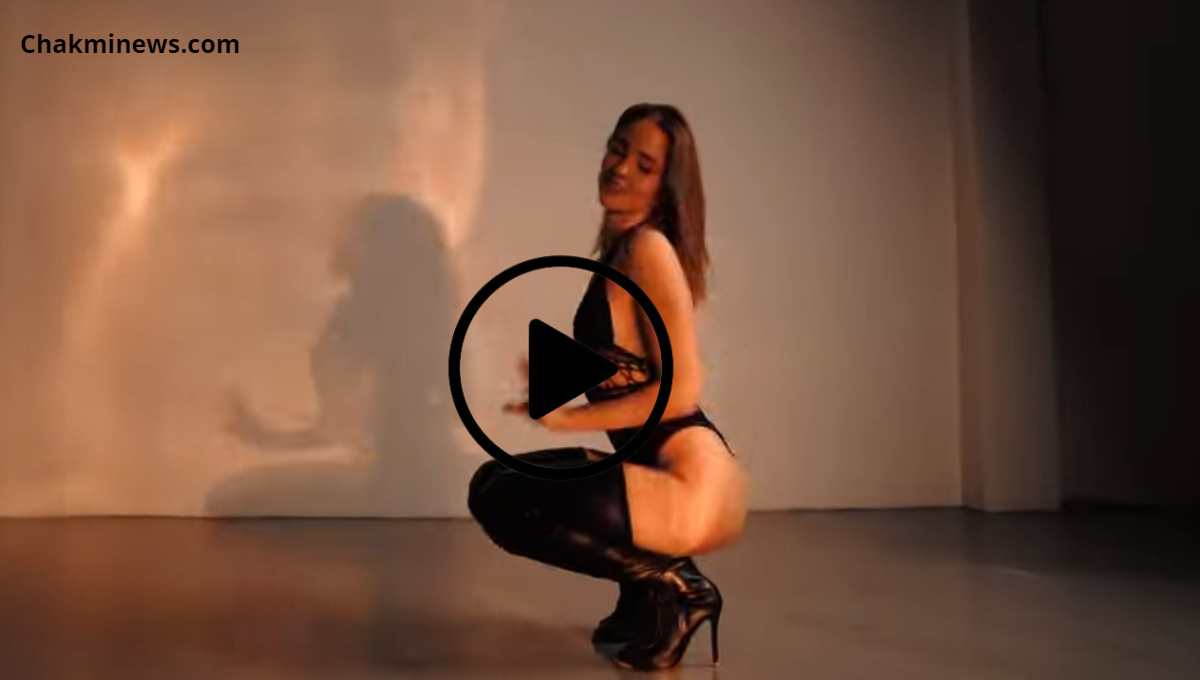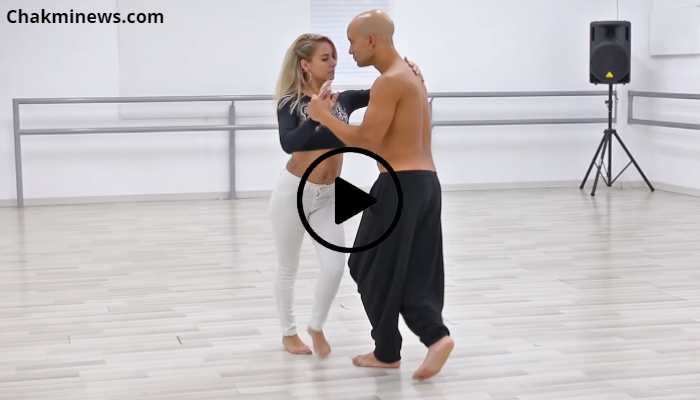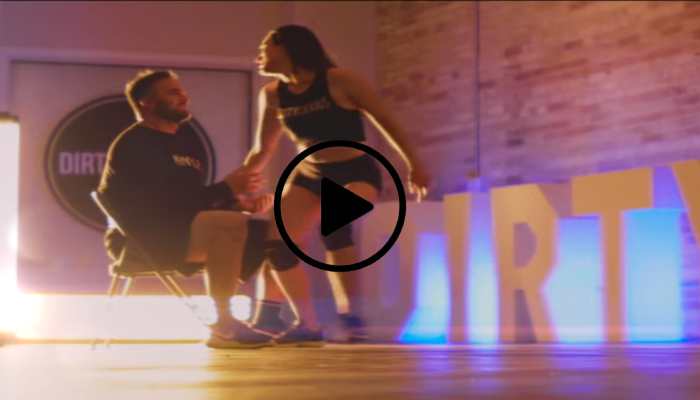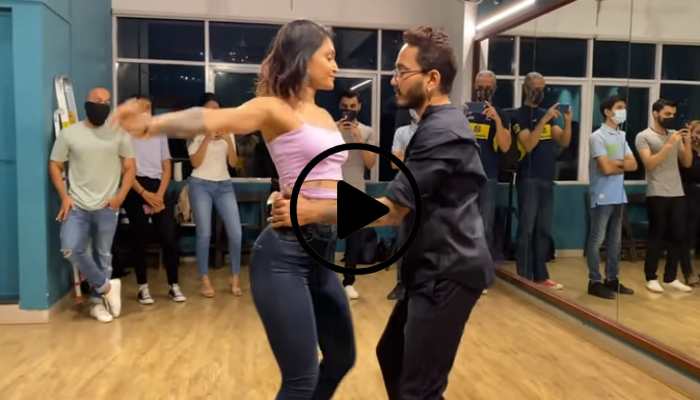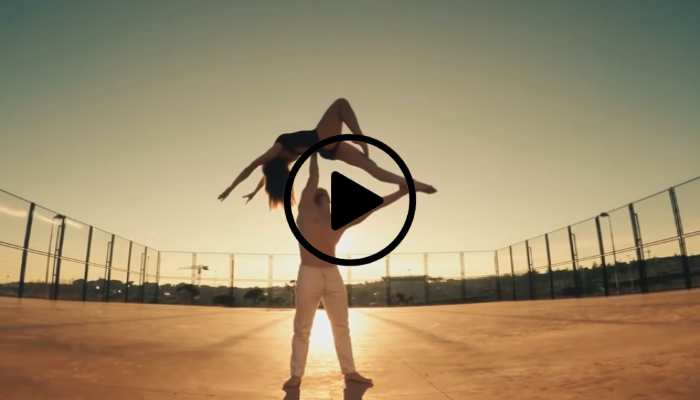Is Dancing in High Heels a Challenging Feat?
Dancing, an expressive art form celebrated for its rhythmic movements, spans across various styles – from ballet to hip-hop. While conventional footwear or barefoot performances prevail, a distinctive subset of performers takes on the challenge of dancing in high heels. But is it hard to dance in high heels? In essence, the answer is a resounding ‘Yes’. Let’s explore the intricacies of this unique dance form.
The high heels dance style stands as a remarkable genre wholly focused on dancing while elegantly balanced on elevated footwear. Witness the artistry in a mesmerizing video by Yana Venera from Saint Petersburg for a glimpse into this exquisite form.
This dance style amalgamates elements from diverse forms, integrating fluid movements, sharp turns, and remarkable floor work. Performers in this domain master the art of employing heels as an extension of their bodies, delivering visually stunning performances that exude grace, strength, and versatility. Ranging from commanding and empowering routines to graceful and sensual displays, the high heels dance style encapsulates the fusion of fashion and dance, creating a captivating and distinctive spectacle.
Dancing in high heels demands an exceptional level of skill, balance, and coordination. It presents additional challenges for dancers already mastering intricate choreographies. The elevated height alters the dancer’s center of gravity, necessitating stability and control throughout movements. Every step becomes a delicate maneuver, requiring precise body shifts and weight distribution to prevent stumbling or falls.
Read Also – How Can You Craft Your Own Signature Bachata Lady Styling Moves?
One standout challenge of dancing in high heels lies in the necessity for specialized technique. Dancers must adapt their movements to accommodate the limitations imposed by the footwear. Flexibility becomes paramount as they maneuver within the constraints of the shoe’s design, emphasizing leg extension and foot articulation. Furthermore, engaging core muscles is crucial to maintaining stability and control while executing complex routines.
The physical toll on the dancer’s body is another significant challenge of dancing in high heels. The added stress on ankles, knees, and lower back demands dancers to develop the necessary strength and endurance, often requiring specific conditioning exercises and training regimens. Additionally, the risk of injury heightens, emphasizing the need for proper warm-ups and heightened precautions during rehearsals and performances.
Despite the challenges, dancing in high heels offers a unique and empowering experience for many performers. It brings an additional layer of elegance, style, and sensuality to their shows. Moreover, it allows dancers to explore diverse genres and styles, merging elements of dance and fashion into a visually captivating art form.
Read Also – Why Do Pole Dancers Choose to Wear Heels?

Pulkeet Gupta is a dedicated content writer specializing in the field of education and entertainment niche. With a passion for learning and a keen interest in sharing knowledge, Pulkeet has established himself as a prominent figure in the education and entertainment writing community.
